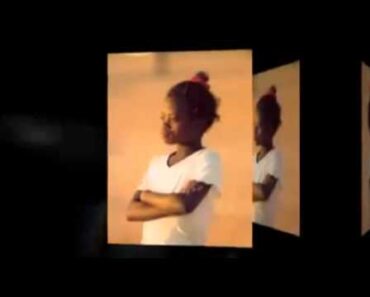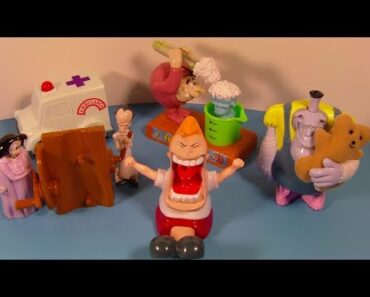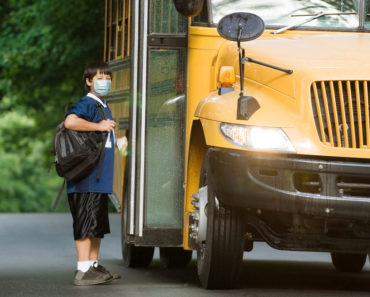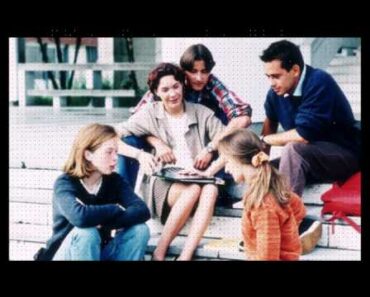An eclipse occurs when one celestial object blocks the view of another in space. A solar eclipse occurs when the Moon passes between the Earth and the Sun and casts a shadow over a part of the Earth. The Moon blocks the Sun’s light completely or partially. As a consequence, the daytime sky becomes darker than usual. When the Moon covers only a part of the Sun, it is called a partial Solar eclipse. A total solar eclipse occurs when the Moon covers the Sun entirely.
Isn’t it fascinating? Let us now examine the types of solar eclipse, when and how it occurs.
What Causes Solar Eclipse?
A solar eclipse occurs at the phase of the New Moon. The phenomenon of the New Moon occurs once every month, when the Moon passes between the Sun and the Earth. Such an event causes the Moon to completely or partially cover the Sun.
Solar eclipses do not occur every month. The event occurs once every six months when the Earth, the Moon, and the Sun are aligned during a New Moon phase. The Moon’s shadow falls directly on the Earth, obscuring the Sun’s light.
Why Doesn’t A Solar Eclipse Occur Every Month?
It is because the orbit of the Moon is tilted compared to the orbit of the Earth. In other words, the Moon has to be in the right place for the eclipse to occur. When the Moon blocks the Sun, it casts shadows. Read on to know more.
- Penumbra is the largest and lighter outer part of the Moon’s shadow. An observer standing in the Penumbra sees only a partial solar eclipse. In Penumbra, the Moon’s shadow partly covers the Sun. The shadow is too broad and covers around a thousand miles when passing on the Earth.
- Umbra is the smaller and darker inner part of the Moon’s shadow. An observer standing in the Umbra, sees a total solar eclipse. In Umbra, the Moon’s shadow completely blocks the Sun. That’s called a total solar eclipse. The shadow covers around a hundred miles when passing on the Earth.
The Moon’s shadow is not just a spot on the Earth, it passes through the surface due to the Moon’s and the Earth’s movement.
Types Of Solar Eclipse
Depending on your location as per the shadow, there are four types of solar eclipses.
- Annular eclipse: When the Moon passes across the Sun, and both are in a straight line with the Earth. It causes the Moon to appear smaller. The Sun appears as a bright ring (annulus) around the Moon.
- Hybrid eclipse: It is a rare phenomenon and appears like a total eclipse in few parts of the Earth, and like an annular eclipse in others.
- Partial eclipse: It occurs when the Moon covers only a portion of the Sun. It does not come exactly between the Earth and the Sun, thereby hiding only a part of the Sun.
- Total eclipse: When the Moon completely covers the Sun. The Moon moves in front of the Sun and casts a shadow on the Earth. As a consequence, the sunlight gets blocked entirely.
How Often Does A Solar Eclipse Occur And How Long Does It Last?
Solar eclipses occur only twice or five times in a year. The maximum number of solar eclipses that occur in the same year is five, which is a rare phenomenon. According to NASA, in the last 5,000 years, five solar eclipses have occurred only 25 times. The last time such a rare phenomenon occurred was in 1935. It is predicted that the next such occurrence could take place in 2206 (1).
The time of a solar eclipse depends on several factors. The Moon takes hours to pass through the Earth and the Sun. The duration of a solar eclipse can last anywhere between a few seconds to around seven minutes at a particular location. The longest total solar eclipse occurred on July 22, 2009, lasting for about six minutes 39 seconds.
How To Watch A Solar Eclipse?
You should never look at the Sun directly as it can damage your eyes. Here are some of the best ways to view an eclipse.
- Find a cardboard and a flat surface (could be cardboard or a whiteboard).
- Use a pencil or pin to drill a small hole in the cardboard. The hole should be tiny and should not be bigger than the pencil point.
- Stand outside with your back facing the Sun.
- Hold the cardboard with a hole in one hand, and the other one in your other hand. If you are using a whiteboard, then place it on the stand in front of you.
- Let the sunlight pass through the cardboard’s hole and fall on the surface (a whiteboard or a cardboard).
- You would see the reflection of the Sun being hidden by the Moon on the surface.
- Keep adjusting the two surfaces to change the size of the projection.
You can also use a colander to perform the above exercise. If you wish to see a solar eclipse directly, buy a certified solar viewer, also known as solar eclipse glasses.
Facts About Solar Eclipse For Kids
- A total solar eclipse takes about 375 days to occur at a particular location.
- The lunar and solar eclipse occurs in pairs. A solar eclipse occurs two weeks just before or after the lunar eclipse.
- In 2003, the annular eclipse was visible from northern Scotland.
- A total solar eclipse occurs once every 1.5 years.
- The longest duration of a solar eclipse is about seven-and-a-half minutes.
- The term “eclipse” was derived from “ekleipsis,” a Greek word that means “fail to appear” or “abandonment.”
- The totality path during a total solar eclipse can change in less time. The air temperature falls, and the area turns dark.
- Identical eclipses occur after 18 years 11 days. This period is called Saros, which is 223 synodic months.
- During a total solar eclipse, if there are planets in the sky, they appear as lights.
- A total solar eclipse cannot be seen from the North and the South Poles.
- During a solar eclipse, some animals will be confused and sleep during the occurrence.
- Looking directly at a solar eclipse can damage the eyes or even cause blindness.
- During a total solar eclipse, the daytime may look like twilight.
- It takes around one hour after the solar eclipse to restore the daylight.
- The solar eclipse may not be visible after a million years as the Moon is slowly moving away from the Earth
- The width of the totality path is around 100 miles that covers an area of 10,000 miles on the Earth’s surface.
- In some ancient cultures, solar eclipses are considered a bad omen.
- The timing of a solar eclipse depends on the speed of the Moon as it passes the Sun. The Moon travels at a speed of 1,398mph.
- An eclipse begins at sunrise and ends at sunset.
- One can see a partial solar eclipse from around 3,000 miles from the totality track.
- The Sun is larger than the Moon (400 times) and still gets covered.
The solar eclipse is a beautiful and spectacular phenomenon of our universe. It fascinates us and also gives us a glimpse of our cosmos’ functions. You can share this information with your children and create a quiz to enrich their interest in solar eclipse and our vast solar system.
Recommended Articles

































